In this article, we will discuss lubricants production using vortex layer devices — the equipment designed to intensify various technological processes. Lubricants are essential to ensure the equipment operability and performance. The main purpose of lubricants is to reduce friction and wear in rubbing parts of mechanisms which allows increasing the mechanical efficiency of the engine and protecting the rubbing pairs from wear and seizures.
Their second important role is to remove heat from the engine and the parts heated by friction. In addition, a lubricant protects parts from corrosion, washes away and removes dirt, provides a seal, and performs special tasks, for example, serving as a separation layer between the mold and the casting in some cases.
Lubricant grease means thick ointments intended to lubricate rolling bearings of various types, hinges, levered, cammed eccentric systems, etc. Unlike liquid oils, lubricant grease has shear strength.
Production of lubricant grease — key aspects
Before 1970, lubricants production had been carried out in a batchwise manner. Batch processes are characterized by multiple stages, low reproducibility of product quality, bulkiness and high energy intensity of technological equipment, as well as complexity of comprehensive mechanization and automation.
The second stage of evolvement was the introduction of semi-continuous processes which became possible due to the emergence of new efficient mass transfer devices, high-capacity moisture evaporators, homogenizers, as well as automatic control and monitoring systems.
At the third stage, continuous processes were developed and implemented. The advantage of continuous processes over batch and semi-continuous processes consists in the fact that various technological operations are carried out in separate devices which allows maintaining the optimal mode for each operation. In this case, it is easy to ensure the automatic control and monitoring of the process, as well as to obtain products of required quality. Moreover, the specific capacity drastically increases; the occupied production floor space and the labor input decrease as a result of equipment specialization.
Tremendous opportunities for intensifying the mass and heat transfer processes are factored in using for this purpose the devices that concentrate the energy of acoustic vibrations, electric and magnetic fields, shock waves, laser radiation, etc. One of such devices is a vortex layer device (AVS).
Operation principle of a vortex layer device
A vortex layer device is a hollow cylinder made of non-magnetic material with non-equiaxial ferromagnetic particles placed inside and an inductor mounted outside and comprising a system of windings that creates a rotating electromagnetic field (figure 1).
Figure 1 – A device with a vortex layer of ferromagnetic particles: 1 – protective bushing; 2 – inductor of rotating electromagnetic field; 3 – inductor housing; 4 – operating chamber made of non-magnetic material; 5 – ferromagnetic particles
Setting the particles in complex motion, the field generates a vortex layer of those particles in the reactor operating zone. Each particle moves in the rotation direction of the field at a speed that can reach the rotation speed thereof and simultaneously performs a processional rotation around its smallest axis at the speed of 102–104 revolutions per second. Rotating and colliding, the particles emit acoustic and ultrasonic vibrations of broad frequency spectrum (from tens of Hz to several MHz, with a maximum value in the range of 10–15 kHz). Causing a cavitation process in microzones, acoustic vibrations are able to generate the pressure of hundreds of thousands of pounds-force (lbf) per square inch. When exposed to an alternating magnetic field, the particles also emit magnetostrictive vibrations, and the eddy currents arising therein just as in electrical conductors lead to the emergence of rapidly alternating magnetic and electric fields.
Owing to the combined effect of all the mentioned factors, the flow of ingredients passing through the operating zone of AVS device is subjected to intensive mixing and dispersion in which case the rate of chemical reactions increases hundreds to thousands of times compared to normal conditions. The processing time of ingredients in this kind of device (even when the process is accompanied by a chemical reaction) with properly selected modes does not exceed a few seconds. When a flow diagram is applied, the finished product is continuously removed and enters the further stages of the process, while ferromagnetic particles are retained by the magnetic field in the device operating zone and do not get into the product.
Results of experimental studies
In order to explore the possibility of obtaining lubricants in a continuous manner by means of AVS device, we carried out an experiment using AVS-150 device (figure 2).
Figure 2 – AVS-150 vortex layer device
The experiment purpose was to make a lubricant for treating the components and mechanisms operating at the average temperature of about 194 °F.
The lubricant was made on the basis of mineral oil processed with lithium and potassium soaps of various fatty acids. Effective additives were blended in this base for enhancing the lubricant’s ability to resist oxidation and wear.
In order to prepare one liter of lubricant, a 0.37 gallon beaker was used into which 0.84 lb ferromagnetic particles were fed. The mineral and castor oils were preheated with steam to 185–194 °F prior to mixing. Stearic acid, preliminarily powdered lithium and potassium hydroxide, pine rosin, and copper phthalocyanine for thickening the lubricant were added to the preheated oil.
The beaker was placed into the operating zone of the vortex layer device, and the ingredients were mixed within a few seconds. After mixing, the beaker was lowered into the steam again, and the water was evaporating during an hour. After that, the lubricant was left to cool for a day.
The main characteristics of obtained lubricant are shown in table 1.
Table 1 – Physical and chemical properties of the lubricant obtained using AVS-150 vortex layer device
| No. | Parameter | Interval | Value | Actual |
| 1 | Dropping point, (ºF) | not less than | 269 | 300 |
| 2 | Penetration at 77 ºF, (× 10-1 mm) | within | 310–340 | 340 |
| 3 | Ultimate shear strength at 68 ºF, (psi) | within | 0.02–0.07 | 0.035 |
| 4 | Viscosity at the temperature of 32 ºF and the deformation rate gradient of 10 s-1, (psi·s) | not more than | 0.058 | 0.056 |
| 5 | Colloidal stability (released oil %) | not more than | 23 | 8 |
Lubricants production includes the following pieces of major equipment: a vortex layer device, feedstock tanks for feeding the initial ingredients and preheating them to required temperature, a four-plunger dosing unit that ensures smooth control of the total capacity and allows for high accuracy of the ingredients ratio in the flow without using complex automatic control devices, AVS device, and a receiving tank (figure 3).
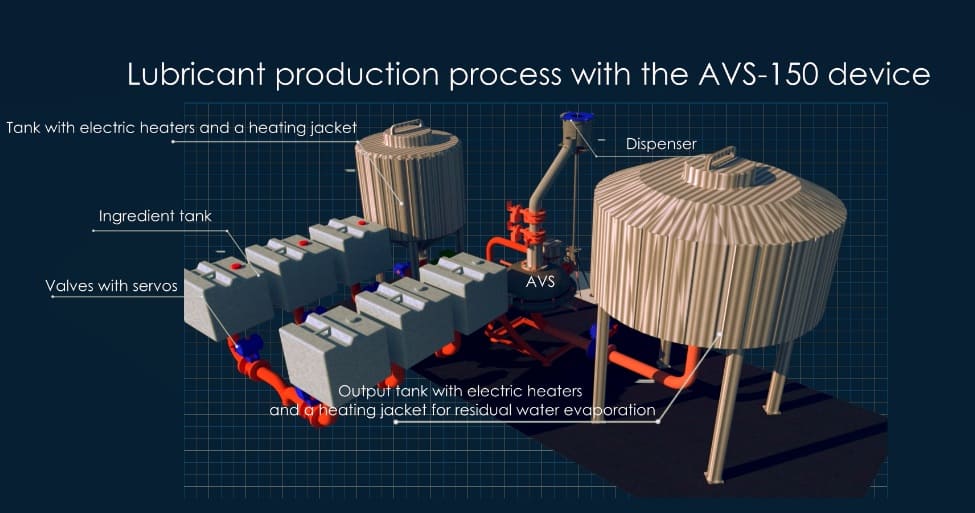
Figure 3 – Lubricants production using AVS – process flow diagram
The feedstock is supplied to feedstock tanks; in some tanks (containing industrial castor or aircraft oil), the temperature is maintained at 176-185 ºF by steam preheating (steam jacket). The feedstock ingredients are supplied in the given ratios to AVS device where a saponification reaction takes place. If cup grease is prepared, fatty acids of C20 fraction are saponified with lime (in the form of a lime and oil suspension). If a lubricant is prepared using lithium and potassium, a hydrolysis of castor oil occurs with release of free glycerin and ricinic acid which react with alkali and saponify. The temperature in the operating zone of AVS device is 158–167 ºF.
One AVS-150 vortex layer device is able to ensure the lubricant grease capacity of up to several tons per hour. It allows building technological lines with the annual lubricants production volume of 10–20 thousand tons using only one or two devices with a vortex layer.
Advantages of vortex layer devices in the processes of production of lubricant grease
The results of conducted studies confirmed the possibility of using AVS in the processes of production of lubricant grease and lubricating coolants. In this regard, we can speak of the following advantages of AVS:
- high rate of chemical reactions;
- high dispersion degree of components that allows improving the quality of lubricants and reducing the specific consumption of thickeners and additives;
- enhanced reliability and durability due to the absence of moving mechanical parts and dynamic seals;
- the possibility to carry out processes without recirculation at atmospheric pressure and low temperatures (122–194 °F) with full automation.

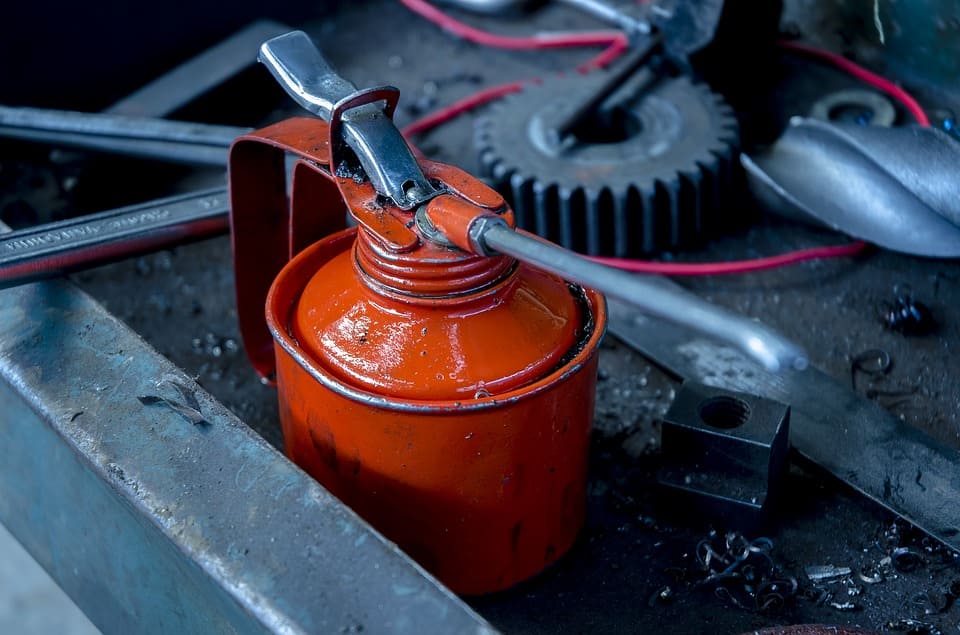
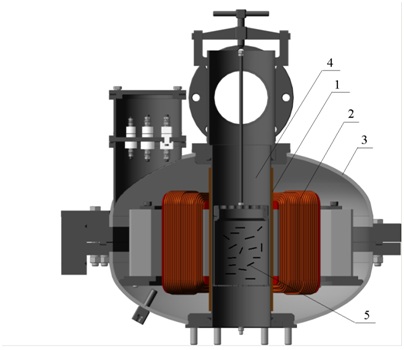
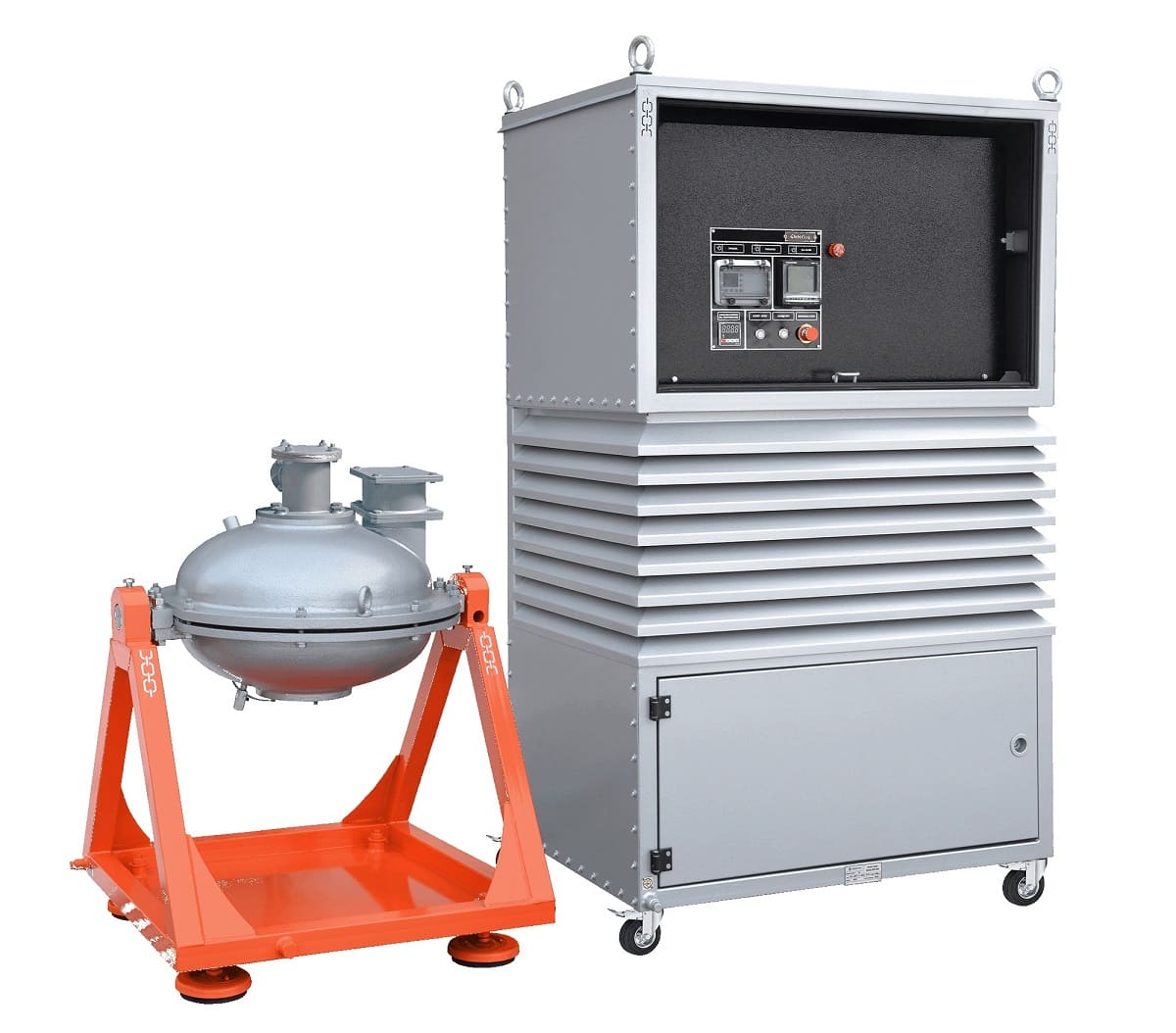
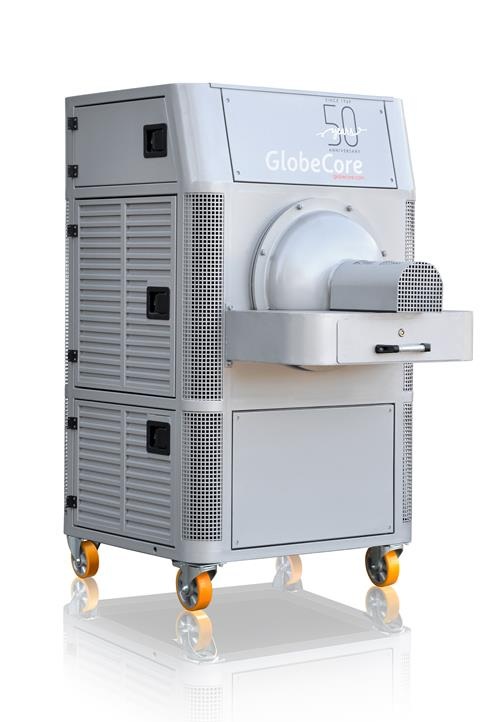 AVSp-100 Vortex Layer ...
AVSp-100 Vortex Layer ...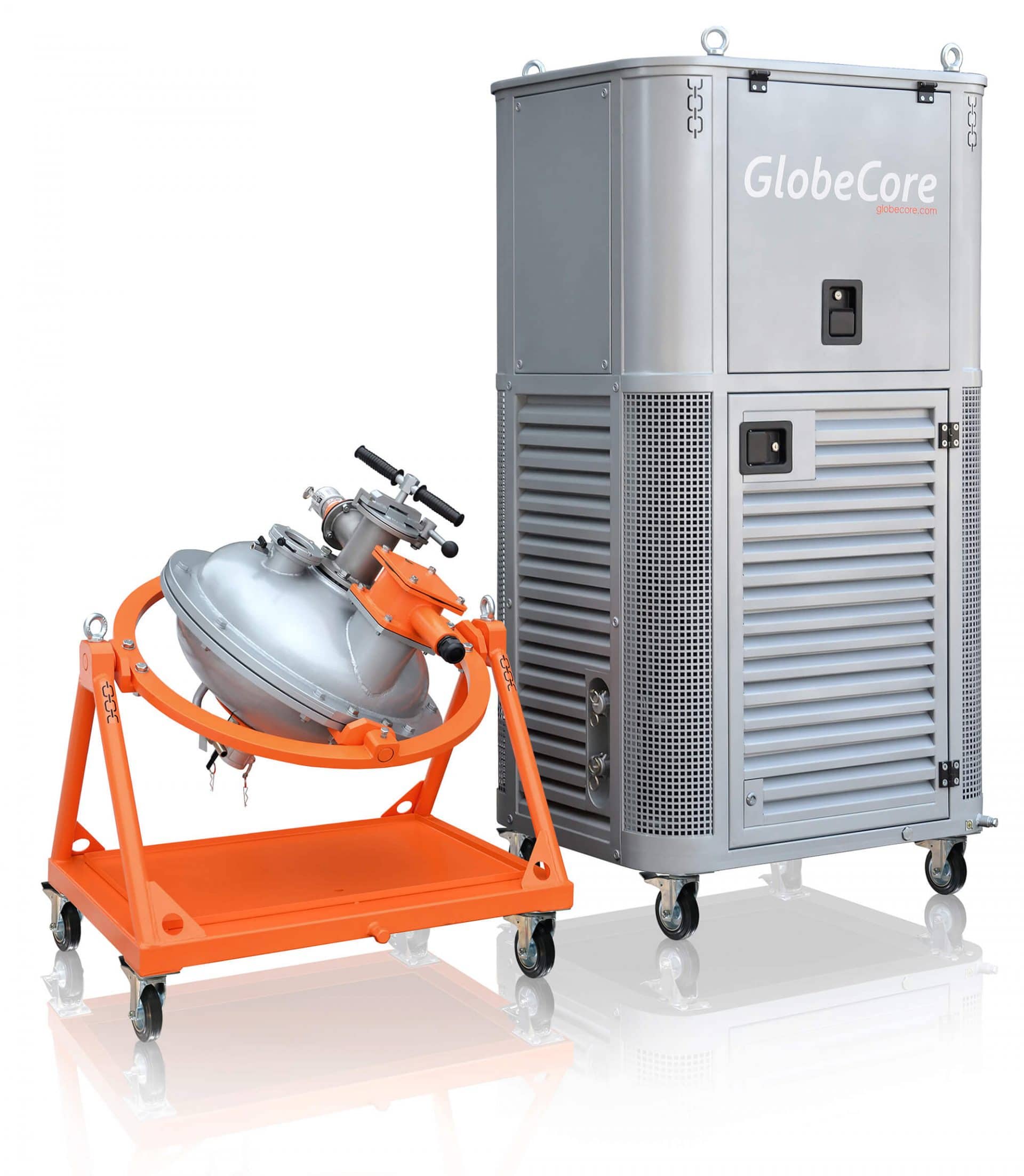 AVS-100 Mixing Machine. ...
AVS-100 Mixing Machine. ...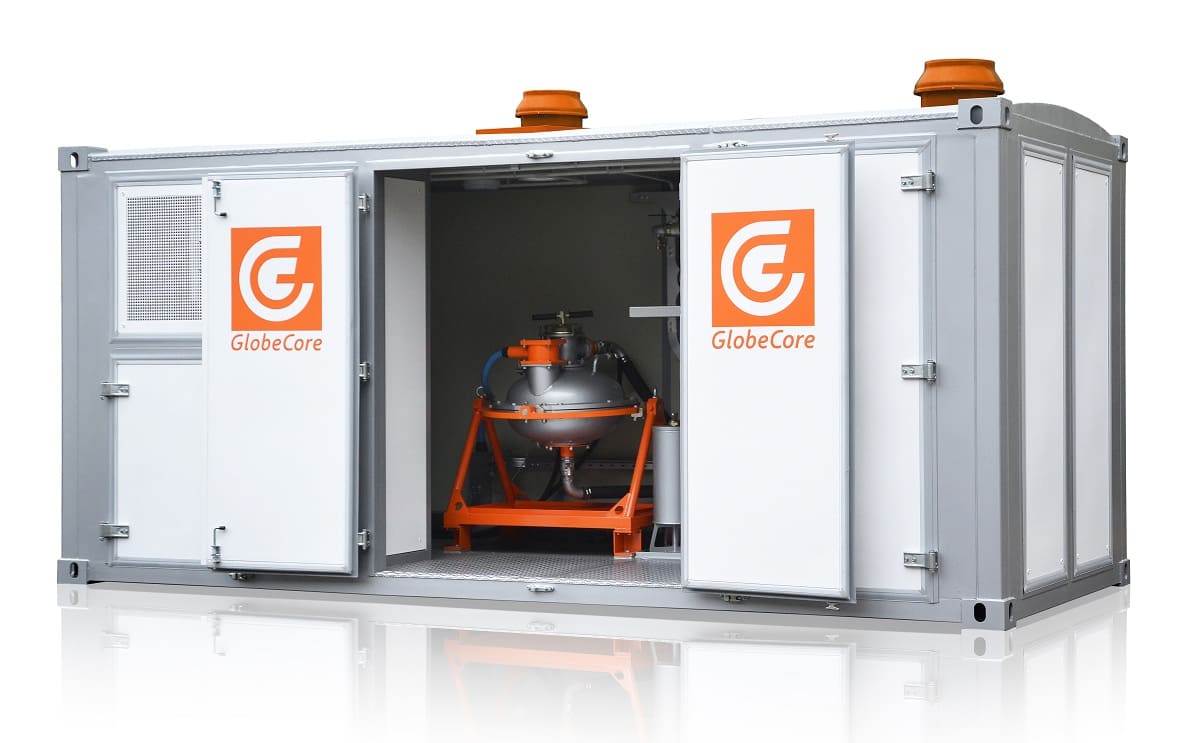 AVSk-150 Wastewater Treatment ...
AVSk-150 Wastewater Treatment ...